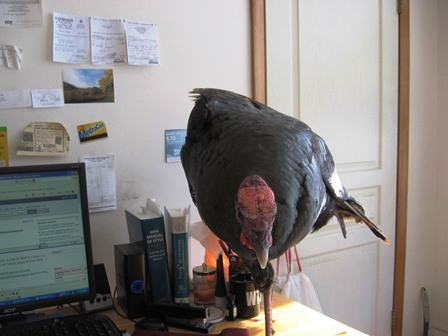It is officially the Week of Way Too Many Top-10 Lists and Year-End Wrap-ups, but maybe you can stand one more, from your pals at AMA Style Insider. Below are some links to our most popular (by number of views) posts of 2017.
In order of popularity…
- The clear fan favorite: Tracy’s post on the singular “they.” (Some of you got pretty heated about this—as moderator/managing editor, I even had to “decline” a few abusive comments. Pretty sure singular “they” is the future though, so maybe try to cope?)
- A post on the “death dagger” from me. I am not kidding myself; the puppy photo is the real draw here.
- A post on not even remotely understanding what you’re editing, also from me.
- The (in-)appropriate use of cause-and-effect language from Paul. Every editor here at JAMA Network can empathize with this one.
- Amanda’s post on “people-first language.” Stay woke, editors.
- A post worth revisiting, especially if you use the New Year to declutter your living space: “Discard the Rest.” Let’s get rid of junk: in our closets and in our manuscripts!
- How in the world do you capitalize “per” in different contexts? What even is “per”? Tim ponders the deep questions.
- Sara visits our old friend the forest plot.
That will do it for the year! GOODBYE 2017! GOODBYE FOREVER! We look forward to bringing you fresh new content relating to all things AMA style in 2018.—Brenda Gregoline, ELS


